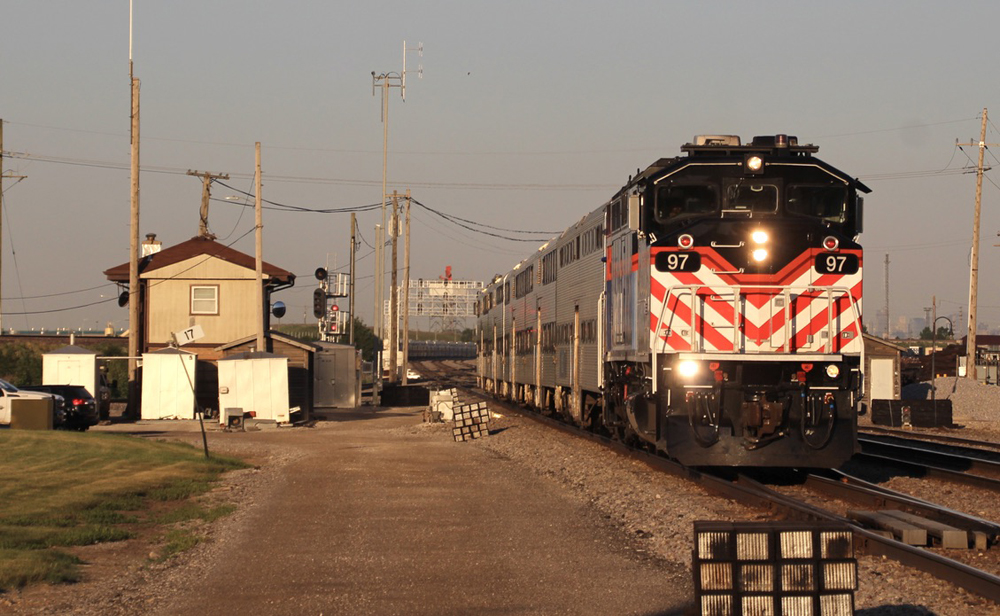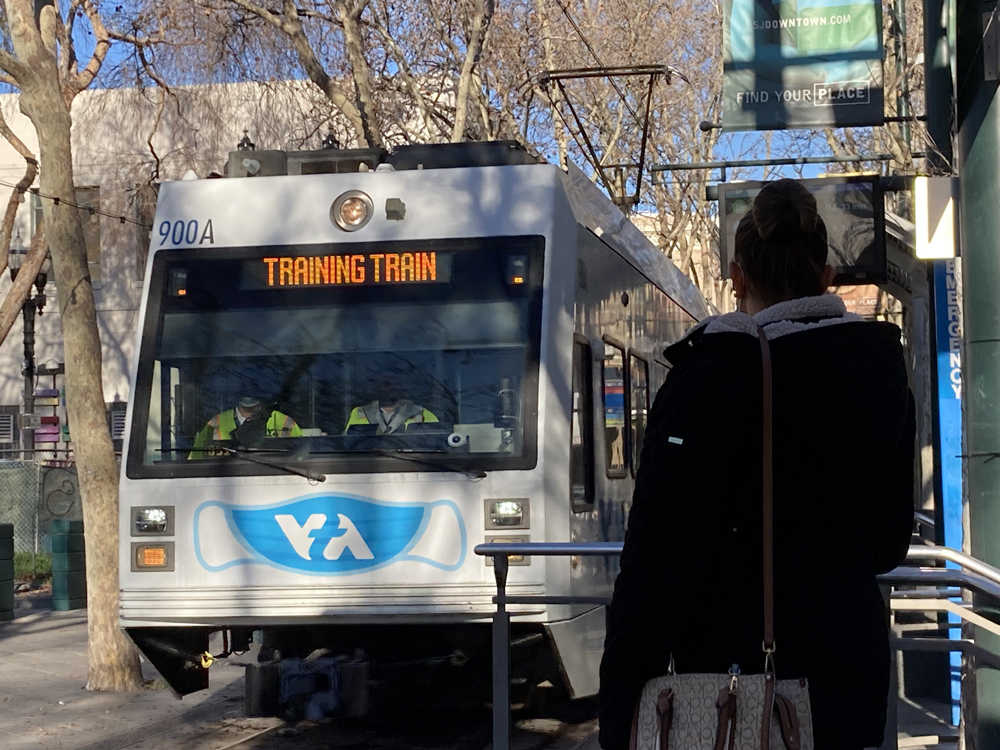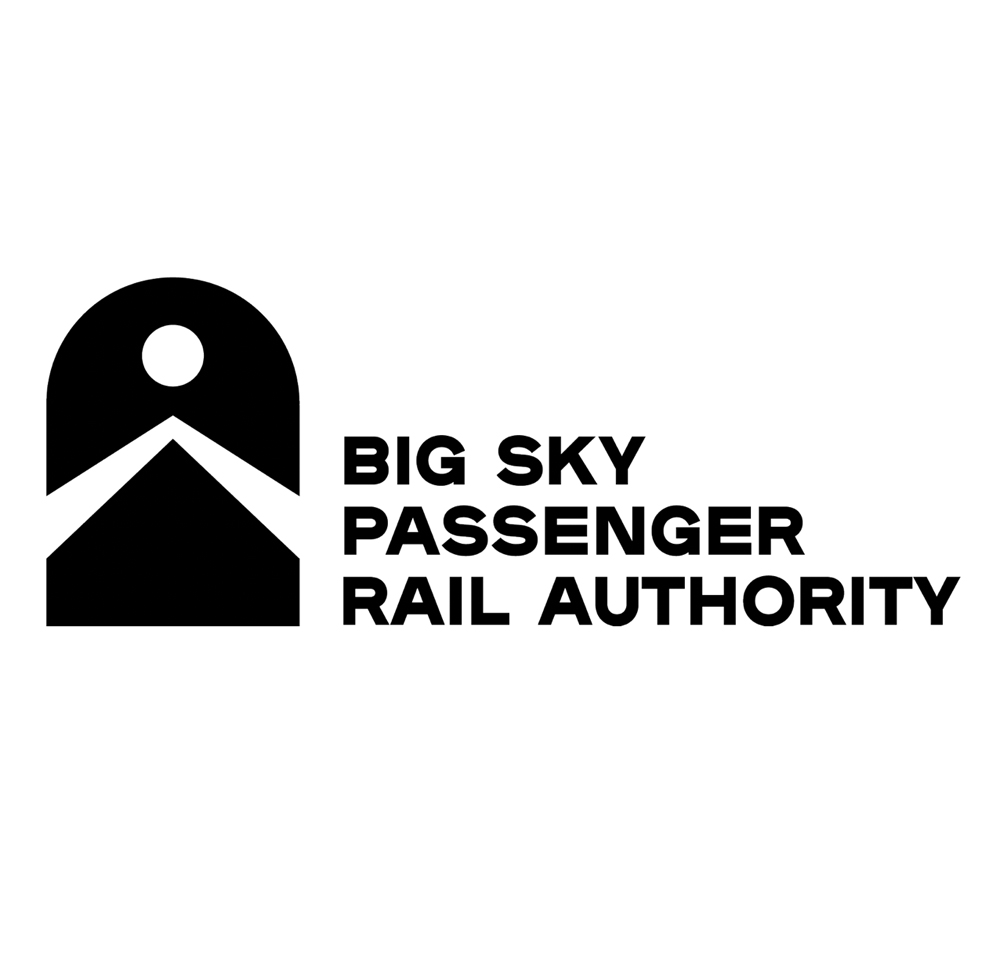
CHICAGO — Commuter rail operator Metra is giving its passengers a chance to shape its schedules.
The agency is asking passengers on all 11 of its rail lines to take a brief survey that will be used in developing future schedule changes and upgrades. It asks about riding habits including points of origin and destination, usual trains used, preferred morning arrival and evening departure times, and use of connecting service, if any. It also asks what scheduling feature could most improve their experience.
CEO Jim Derwinski said in a press release that the survey will help Metra “create schedule that do the best possible job of meeting the changing needs” of passengers. “We promise that we will consider every suggestion; however, we cannot promise that we can accommodate every one of them.”
Metra has gradually been restoring service since roughly cutting it in half early in the COVID-19 pandemic. In restoring trains, the commuter operator says it has sought to provide consistent service, create service patterns that are easy to remember, and add express service in peak periods when possible, among other principles.














The survey sounds like a good idea to me. While some workplaces seem to be returning to more traditional attendance policies, the 8-hours-at-the-office format seems to less prevalent. Some workers are arriving and leaving over a greater range of times. Rush hour may look somewhat different in the future. If so, this should help address some capacity issues during traditional peak rush-hour time windows.